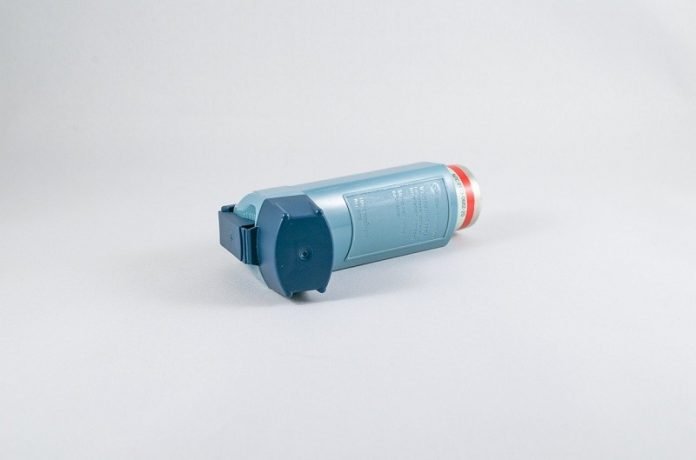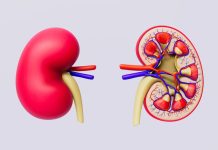
In a study from Aston University and Imperial College London, scientists found a possible way to tackle one of the underlying causes of asthma.
They were able to virtually eliminate asthmatic symptoms in mice within two weeks and return their airways to near normal.
Just under 5.5 million people in the U.K. receive treatment for asthma and around 1,200 people die of the disease each year.
Asthma causes the airways to become thickened and constricted, resulting in symptoms such as wheezing and shortness of breath.
Current treatments, including steroids, provide short-term relief from these symptoms, by either relaxing the airways or reducing inflammation.
However, no current drugs address the structural changes asthma makes to the airway and lungs, in order to offer a longer-lasting treatment.
In the study, researchers focused on a type of stem cell known as a pericyte, which is mainly found in the lining of blood vessels.
When asthmatics have an allergic and inflammatory reaction, for example to house dust mites, this causes the pericytes to move to the airway walls.
Once there, the pericytes develop into muscle cells and other cells that make the airway thicker and less flexible.
This movement of the pericytes is triggered by a protein known as CXCL12. The researchers used a molecule called LIT-927 to block the signal from this protein, by introducing it into the mice’s nasal passages.
Asthmatic mice that were treated with LIT-927 had a reduction in symptoms within one week and their symptoms virtually disappeared within two weeks.
The researchers also found that the airway walls in mice treated with LIT-927 were much thinner than those in untreated mice, closer to those of healthy controls.
The team is now applying for further funding to carry out more research into dosage and timing.
This would help them to determine when might be the most effective time to administer the treatment during the progress of the disease, how much LIT-927 is needed, and to better understand its impact on lung function.
They believe that, should this research be successful, it will still be several years before the treatment could be tested in people.
If you care about lung health, please read studies about marijuana’s effects on lung health, and why some non-smokers get lung disease and some heavy smokers do not.
For more information about lung health, please see recent studies about how to minimize lung damage in COVID patients, and results showing this diabetes drug could treat lung inflammation in COVID-19.
The was conducted by Dr. Jill Johnson et al and published in Respiratory Research.
Copyright © 2022 Knowridge Science Report. All rights reserved.



